 About Nokia
About Nokia
Nokia Oyj is a Finnish telecommunications multinational which is headquartered in Espoo Uusimaa, Finland. It was founded by a mining engineer Fredrik Idestam in 1865. Since its inception in 1865, Nokia has come a long way, innovating and adapting itself to change in markets and technology. Beginning with one paper mill, it has dabbled in various sectors ranging from cables, paper products, tires, rubber boots, consumer and industrial electronics, telecommunications infrastructure etc. Nokia is most famous for its wireless communication technologies and mobile phones.
In 1960, Nokia took a strategic decision to concentrate on the telecommunications sector and become a market leader in the field. Keeping in mind, the aforesaid objective, the other businesses were divested by Nokia. By 1998, Nokia was a world leader in the mobile phone sector and continued to remain so for a decade. However, its dominance of the mobile phone industry started to see a downhill, with the start of the of smartphone era.
In 2011, Nokia joined hands with Microsoft to again gain a foothold in the smartphone market. The smartphone market was very competitive where Apple iPhones and iPad’s were market leaders. To provide an alternative to its arch rival iOS and Android, Nokia adopted the Windows Phone operating system for its smart devices. However in 2013, in a bid to reinvent itself, Nokia decided to sell off its Devices and Services Division to Microsoft. The above said, was formally sealed on 25th April,2014.
Objective
Mobile phones have become an increasingly popular medium as a part of the brand’s promotion campaign owing to the average time each customer spends on mobile phone. Given the fact, the mobile accompanies the customer all day and has a lot of scope in terms of delivering relevant advertising and engaging experience for the customer. Nokia leveraged mobile marketing to encourage trial of the device, give the customer an experience of using the Nokia Lumia device without stepping into the store, get good word of mouth and reposition Nokia as the preferred brand for smartphone users. The objective was to create a “never seen before” experience which had huge potential of going viral. It wanted to target smartphone users who loved gaming and were techno savvy in the age group of 20 to 35 years. This experiential experience should be digitally rich and capable of creating a social media buzz around it with a high degree of visual appeal and interactivity.
Company Strategy
To leverage mobile marketing, Nokia created a highly interactive, immersive 3D mobile ad to launch Nokia Lumia 800 to smartphone users across Europe.
Now what do we mean by immersive ads? Immersive ads are activity based ads that encourage the users to explore, play and share. HTML5, enables ad makes it possible for the immersive ads to be successfully rolled out on different operating systems. Most immersive ads are highly visual which means they have an image or a video which occupies the entire screen and has many interactive features. This interactive ability of the ad makes it a far more enjoyable experience than actually having to sit down and view the ad.
Immersive ads show the product in full display. This means the consumer gets a 360 degrees view of the product and it enables the users to interact with the product. Creating mobile ads with an immersive 3D experience leads to a change in the way ads are perceived. It enables the customer to play and interact with the ad instead of being a passive viewer. This leads to valuable positive brand association for the consumer which can also be termed as the beginning of a love affair between the brand and the consumer.
Nokia’s immersive 3D mobile ad allowed the users to view the phone from all angles , zoom in to see the phones user interface and tap a colour to the various colour options available for the phone. It had a social media button which allowed users to share the ad with their friends on various social networking platforms. Apart from this, the ad was equipped with the store locator button so that consumer could visit the nearest store and have an in-person experience. The store locator in the mobile ad together with the GPS enabled location helped in identifying the nearest Nokia Lumia retail store.
The campaign was launched in major European countries and targeted smartphone users in the age group of 20 to 35 years. The target audience was primarily young working professionals, living in urban areas. These people were very techno-savvy. They loved gaming and were huge fans of the XBOX. This young techno-savvy crowd constantly craved for a different experience from the mobile phone. Thus, the new 3D immersive ad appealed to these people. It became a huge success and soon the ad had over 2,60,000 unique visitors and 96,000 unique interactions.
Results
The success of the 3D immersive mobile marketing campaign initiated by Nokia to launch Nokia Lumia 800 leads us to believe mobile marketing is the way forward for future campaigns. It signals use of engaging and interactive experience to lure the customer. The 3D campaign is far more successful than traditional advertising mediums. As a result the in-ad time spend increases significantly owing to the interactive, visual artwork.
The success of the campaign indicates the positive brand association which Nokia managed to gather for itself through this interactive and immersive ad.
Learnings
It has been proven beyond doubt that virtual reality and immersive mobile experiences are changing the future and face of marketing. With the beginning of the smartphone era and superfast connected devices, the shopping experience is gradually transforming. Now the marketers need to pull up their socks to engage and excite the already highly connected consumer’s imagination. These shoppers are already using smartphones, PC’s and tablets to research and products. They are moving towards “experience the brand before you ultimately buy the product phenomena”. The digitally rich immersive 3D mobile ads cater to these techs–savvy consumers and give them an in-store experience. Such digitally rich and easy to use technology based experiences facilitate buying more online and in store.
Image Credits: Nokia



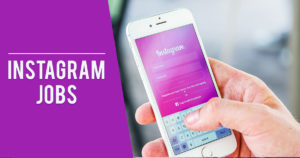
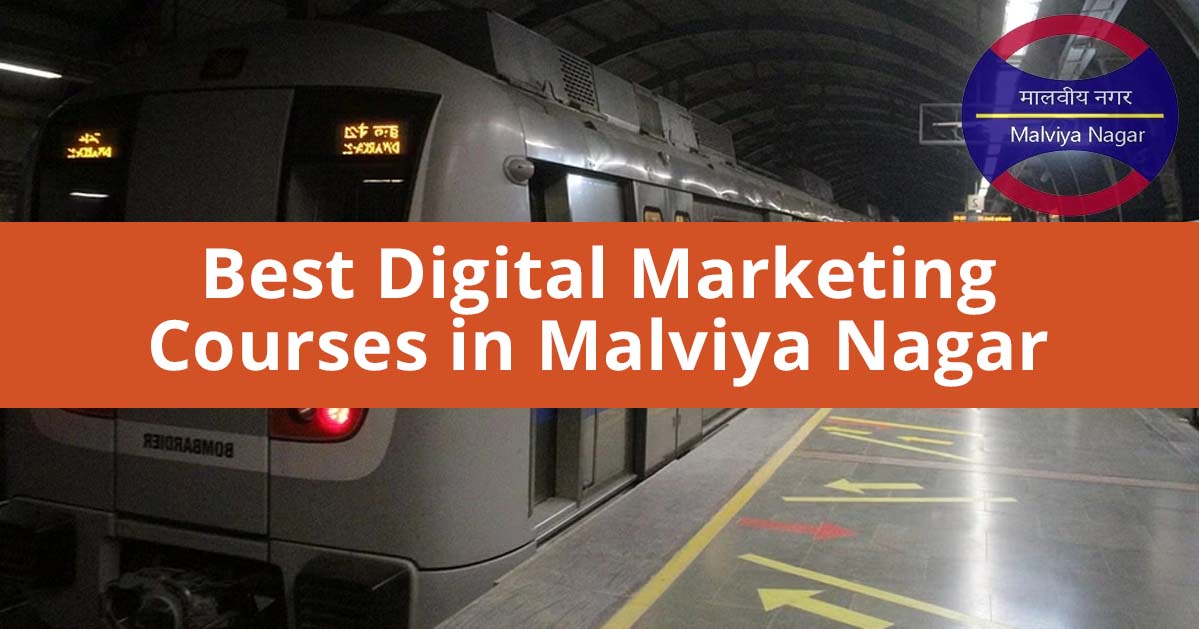
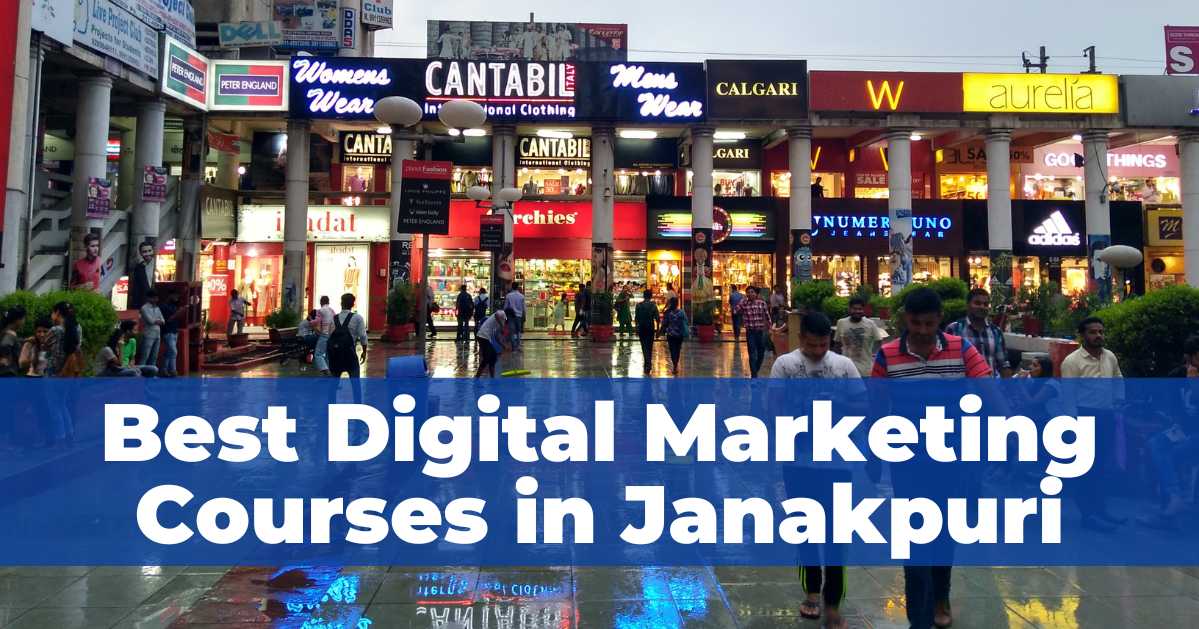

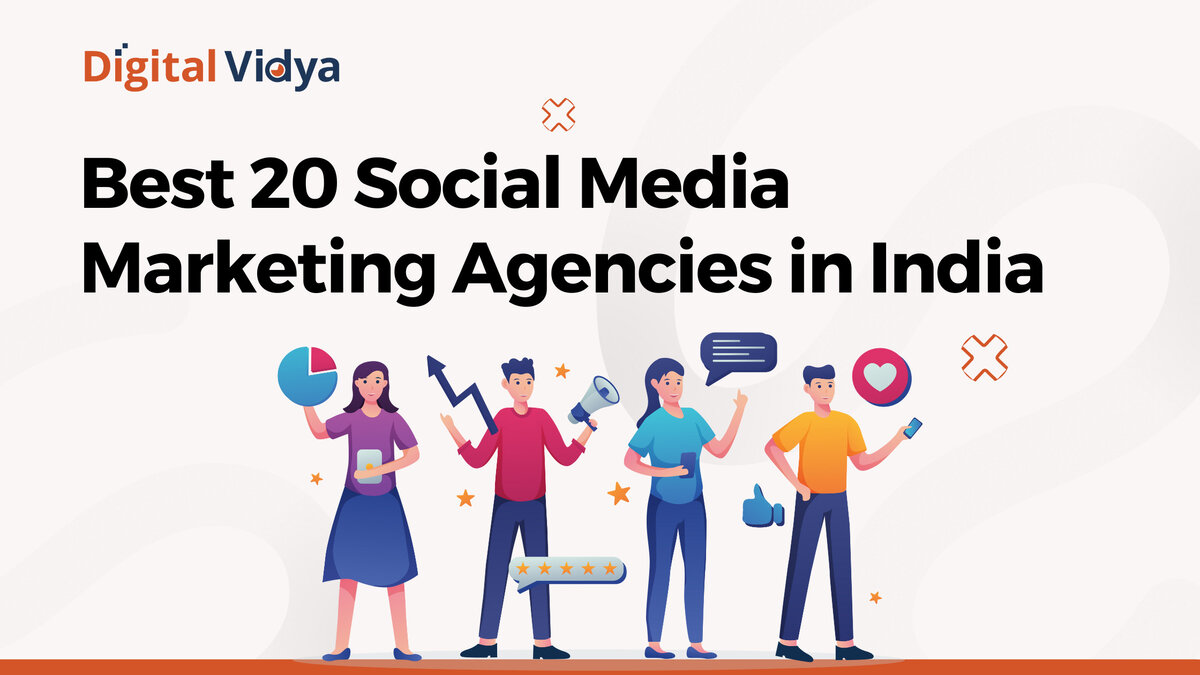
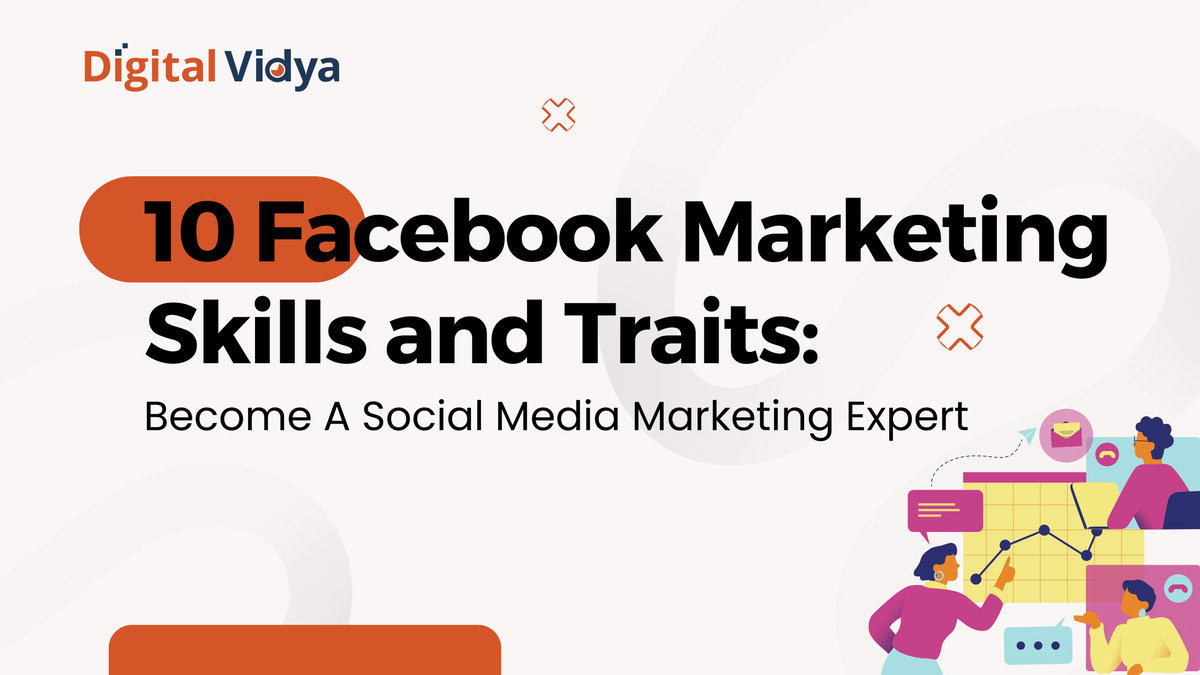


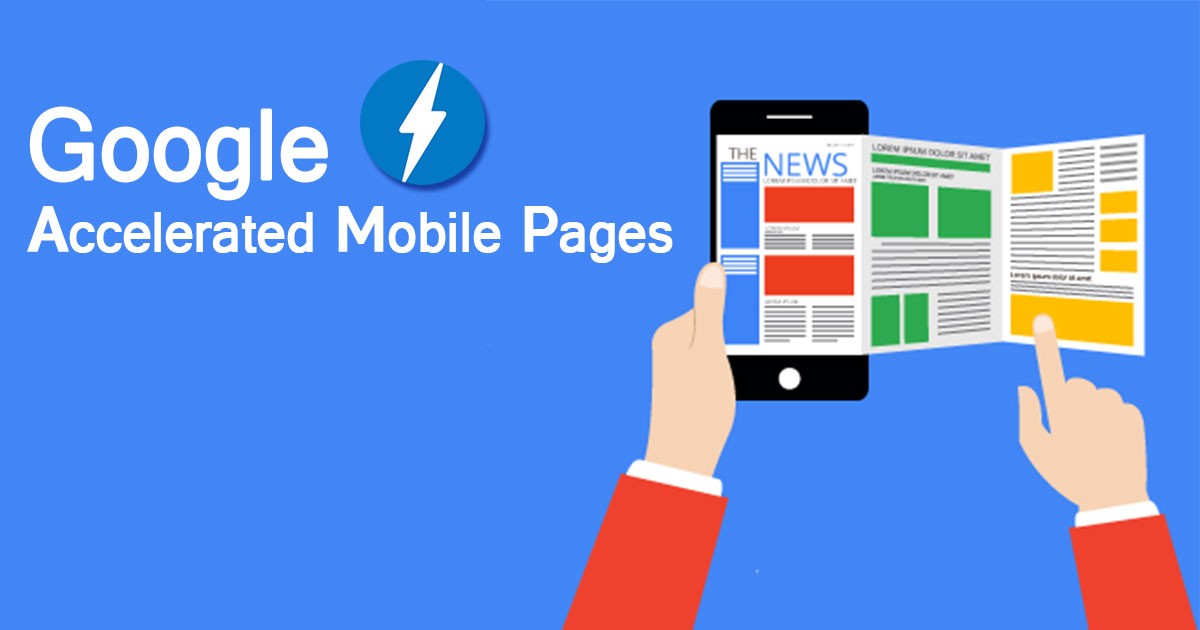

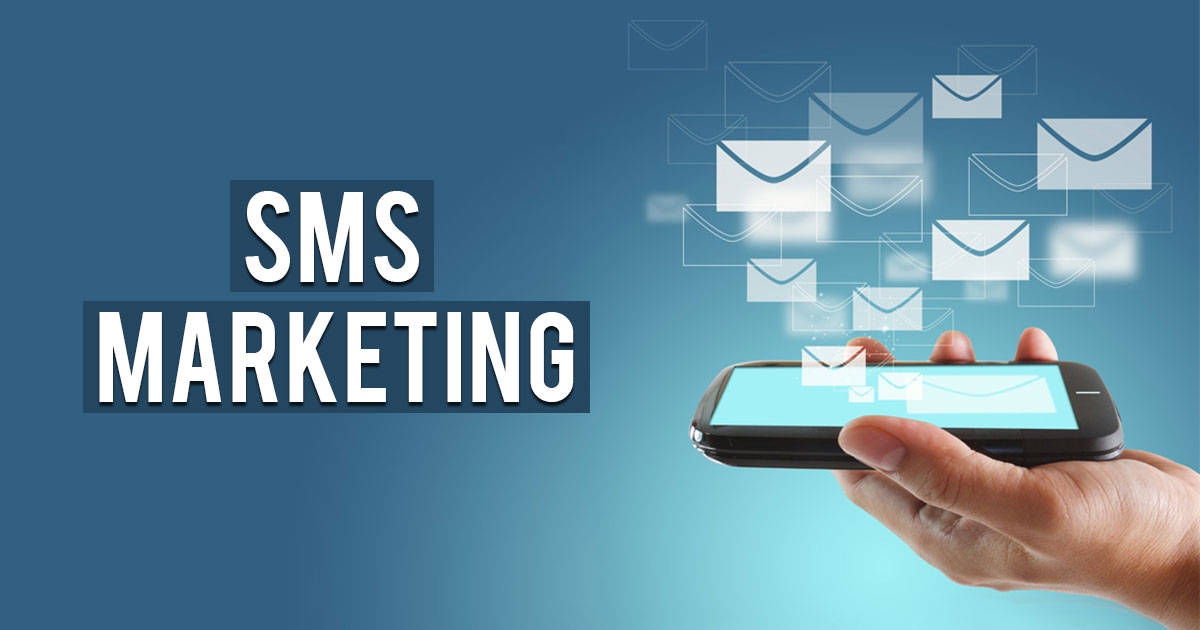


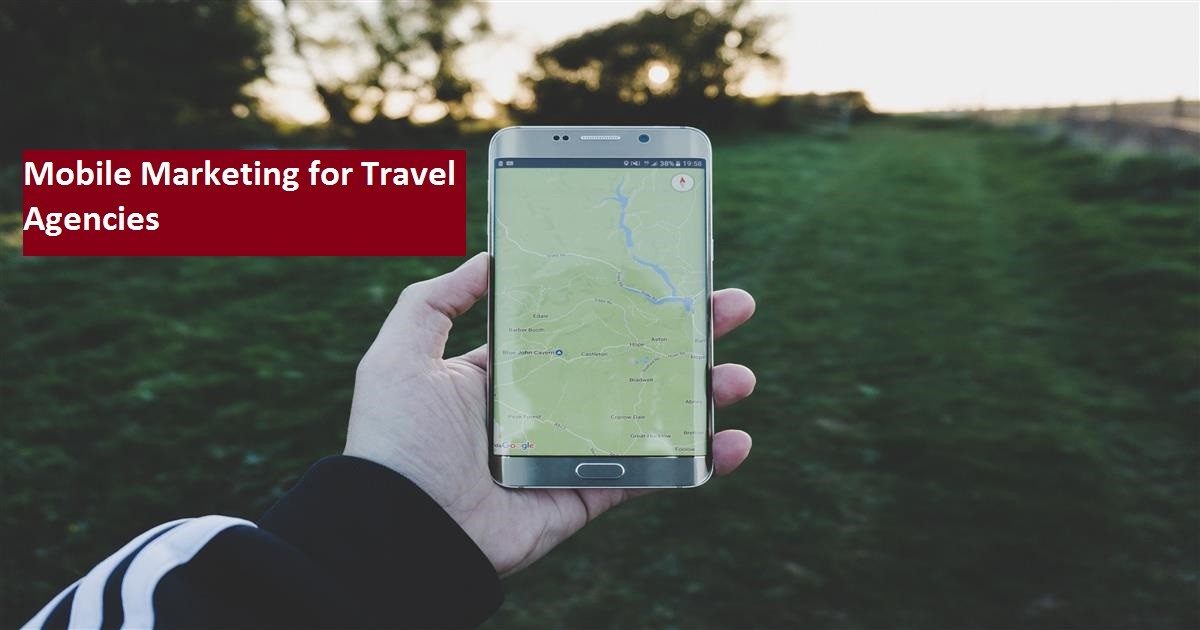


Quite interesting fact whic hardly anybody knows. Nokia failed just because it was resisting itself with the changing trends and customer demands.
Interesting case study!!! Mobile 3D campaign is a interesting idea adopted by Nokia for it’s marketing. Mobile marketing is the new face of marketing. Definitely using these new technology and marketing strategy Nokia will come back in market competition.